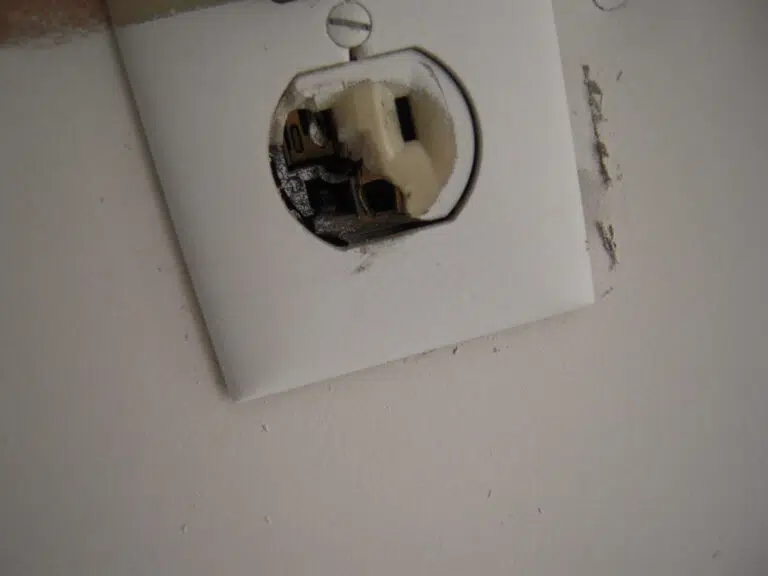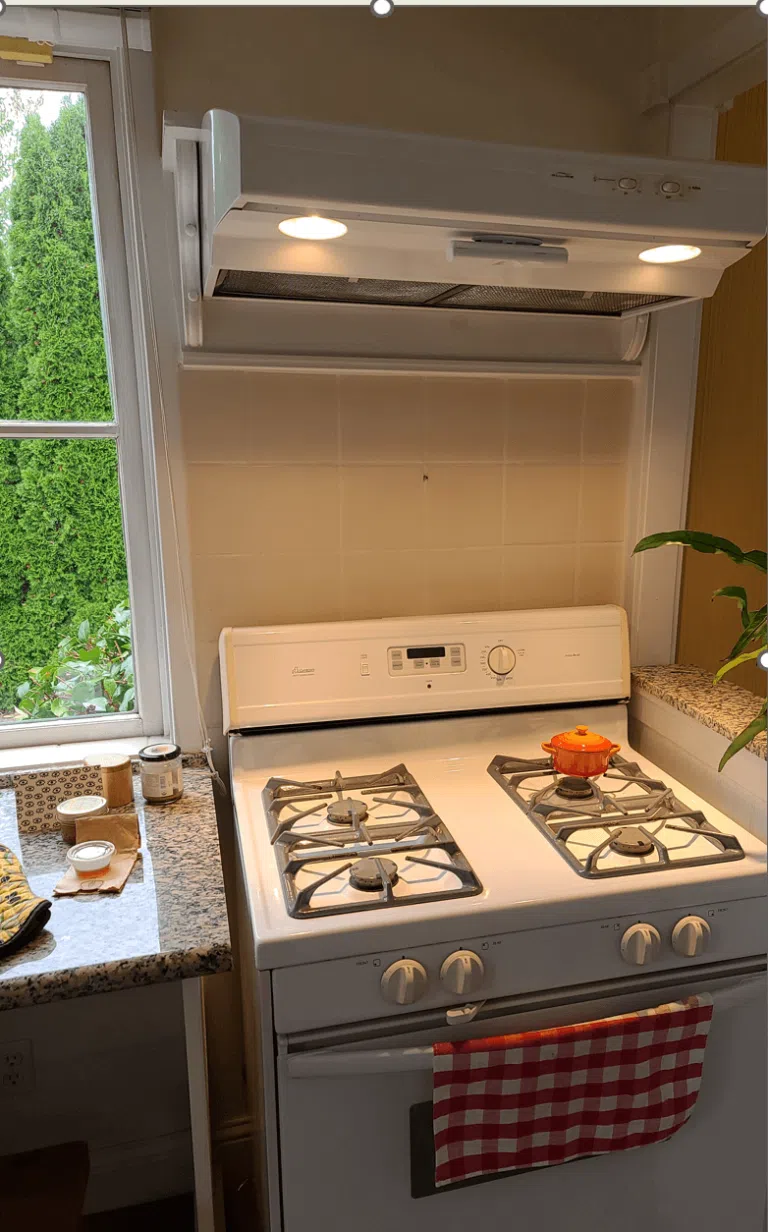When it comes to toxic materials in older houses, there are three primary materials to be concerned with: lead, asbestos, and radon. Other toxic and unhealthy materials and conditions could be present in older houses, such as mold, or formaldehyde, but this blog will focus exclusively on lead, asbestos, and radon.
When It Comes to Lead and Asbestos, 1978 Is An Important Date
1978 is when Congress passed national legislation to outlaw the use of lead and asbestos in construction products used for residential construction. They did allow the stock of existing products to be sold, so this is not a hard and fast date. As a general rule, by the early 1980s, products used in residential construction should be much less likely to contain lead or asbestos.

What About Houses from 1978 and Older?
Older structures could be constructed with numerous construction products that may have toxic material content to varying degrees. Common construction materials that may contain asbestos include:
- Asbestos content in the gypsum wall covering and plastering used for interior surfacing of the walls
- Vermiculite insulation
- Vinyl asbestos interior floor coverings and vinyl tiles
- Roof felt and exterior shingles
- Sections of interior appliances such as ranges and ovens and boilers
- Acoustic ceiling tiles, acoustic blown-on ceiling surfaces
- Lead paint on the interior and exterior painted surfaces
- Heat duct and heat piping insulation and other miscellaneous items in the structure.
-
Old 9×9 floor tiles often contain asbestos.
What About Lead in Water?
Lead-in-water contamination is also a concern most noticeably in copper potable water supply systems installed before approximately 1980 in Seattle, 1985 in King County, and 1988 in the remainder of the state. Local conditions may vary depending on the region in which you are living. Previous to this time, lead-in solder was allowable. Pre-use flushing or water filters would be recommended ways to reduce this type of contaminant. As a general rule, the EPA suggests that houses built prior to 1986 and located in older cities are the most likely for having lead contamination in drinking water. If you are concerned about water quality, the best place to start is with water testing. This is beyond the scope of standard home inspections, but some companies offer this service as an add-on. In addition, well companies and water purification installers may also test water quality.
What about Lead in Paint?
There is also a concern for the lead contained in lead-based paints used as wall coverings at the interior and exterior of older structures. Lead-based paint, which has been shown to be the cause of serious health problems, was a common substance in buildings constructed before 1978. Under the Environmental Protection Agency’s Renovation, Repair, and Painting (RRP) Rule, contractors and painters are required to follow specified lead-safe work practices and to provide lead safety information to owners and tenants before they start a renovation, repairs, or painting work on pre-1978 residential housing and child-occupied facilities. On October 1, 2010, the Environmental Protection Agency began enforcing a new portion of the RRP Rule that requires contractors and painters to obtain lead paint safety certification before working on pre-1978 buildings covered by the rule. To become certified, contractors and painters must attend a training course provided or approved by the EPA that provides instruction on how to work safely with lead-based paint. Owners of rental housing and maintenance workers in multi-family housing (including condominiums) must follow the requirements of the RRP Rule. However, this rule does not apply to owners working on their own property (without tenants), and it also does not apply to “minor” maintenance or repair activities.
Associations and individual owners with pre-1978 homes or condominiums must be careful when hiring contractors and painters. They should ask what specific lead-safe work practices will be used, and ask to see the contractor’s or painter’s EPA certificate.
What About Radon?
Radon is a colorless, odorless radioactive gas created when uranium in rocks decays. When the gas enters a building from the ground or through construction materials or well water, it becomes trapped and builds up. The Seattle area has, over the years, been considered a minor threat due to the geology of the area, but the Department of Health recommends that all homes be tested for radon. It is recommended that you learn about the presence of radon where you live as some areas are more prone to this than others.
Is Identification of These Materials Beyond the Scope of a Home Inspection?
Yes! To determine the possible presence of these materials requires a more thorough, quantitative investigation than what is provided by a standard home inspection. Additional testing by firms that perform these services may be desired. Additional testing such as this often requires destructive testing where materials are drilled or disturbed in order to obtain a reliable sample. This can be nearly impossible to do in the middle of a real estate transaction as you would need permission from the seller to damage their house.
If there is a concern about these materials or plans for any substantial remodeling or renovation, I would recommend getting further information on this subject and having laboratory tests of suspect materials. As a general rule, expect that houses built prior to 1980 are likely to have at least some building materials that contain lead and asbestos. For more information and booklets on these subjects, you can contact these agencies if you are in the Seattle area. Similar resources likely exist throughout the country.
Washington State Department of Labor and Industries-Health/Safety 1-800-423-7233
EPA 206-553-2770 or http://www.epa.gov/region10/
Puget Sound Clean Air Agency 206-343-8800 or www.pscleanair.org
Seattle Public Utilities 206-684-7980
Lead Inspection and Risk Assessment Info: 1-800-424-LEAD
Lead Paint Pamphlet: https://www.epa.gov/lead







